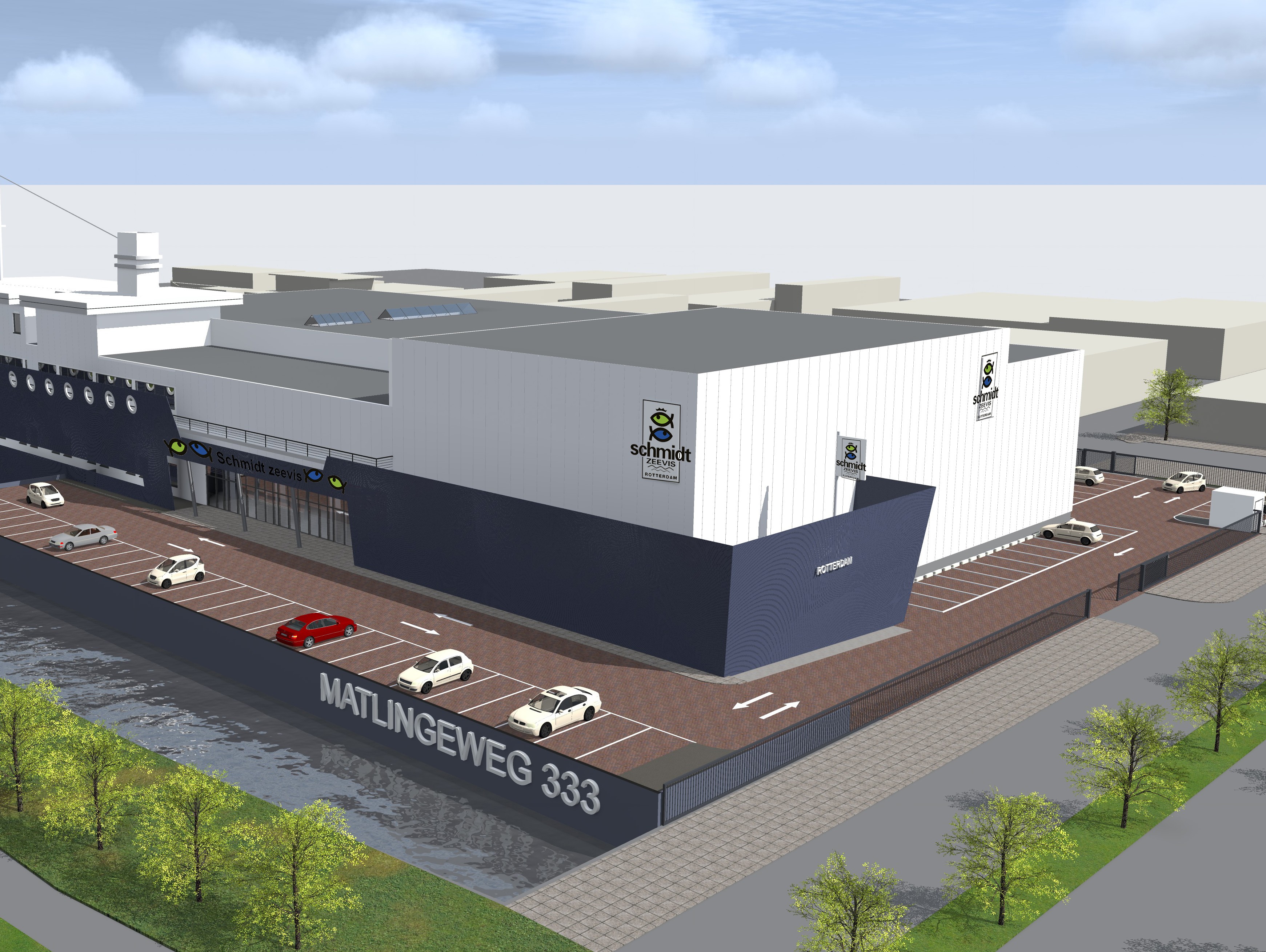
Refrigeration is an essential aspect of quality management in the entire food chain, and the system should suit the production process. In most companies, however, that process evolves and changes over the years, and legislation and regulations relating to the use of refrigerants are also continually being adapted and tightened. So how up-to-date is your refrigeration system in reality?
“The reliability and operational uptime of the refrigeration system has become essential within today’s food chain, not only in terms of quality management but undoubtedly also in terms of health. We can no longer live without it,” says Domagoj Gobac, owner of Go Consulting. He provides advice on the design and application of refrigeration systems, primarily for use in the food industry.
“By controlling the temperature within the food chain, we can extend the availability and shelf life of food. We’ve become pretty successful at that over the years – nowadays, at the weekend, shoppers can stock up on enough fresh meat, fish and milk to last them the whole week. It’s a sign of prosperity and progress. However, the consumption of almost sterile food has also resulted in weaker resistance to all kinds of microscopic bugs which our forefathers didn’t even know existed, let alone suffered from. Our defence mechanism against infectious microbes has become a little lazy.”
However, the Western world’s approach to refrigeration has not yet reached every corner of the globe. “I visited Madagascar a couple of years ago. There were market stalls along the side of the road selling cutlets and other types of fresh meat. There was no fridge in sight; the meat was just lying there in the sun (28ºC) attracting swarms of flies. My first thought was ‘I’d better not eat the steak tartare here, I intend on returning home at some point, and preferably still alive’. But the high number of stalls selling meat under such conditions wasn’t a sign of failures in hygiene inspections. I simply suspect that the locals are less affected – if at all – by the lack of hygiene since they have a better natural resistance.” Domagoj calls Western society’s dependence on refrigeration a ‘necessary evil’.
Operation
“The operation of a refrigeration system is based on the phase change of a refrigerant which removes heat from a temperature-controlled refrigeration or freezing chamber when the pressure (and temperature) is low and subsequently transfers it at a higher pressure (and temperature) to a different medium (such as the outside air or water). I regard the refrigerant as the ‘blood’ of a refrigeration system – it’s an essential element, since it transports the energy,” he explains. “In addition to natural refrigerants such as ammonia (NH3) and carbon dioxide (CO2), synthetic gases called Freons have been used since the 1950s. At the end of the seventies, it was discovered that the traditional types of Freons (R12, R502 and R22) were playing a huge role in the depletion of the ozone layer and they began to be phased out. Following on from a number of earlier measures, a general ban on the production and sale of HCFCs (including R22) has been in place since 1 January 2015. In practice this means that it’s now illegal to refill R22 – it’s an environmental crime.” As expected, EU policy has been further tightened. The new F-gas regulation (which came into force on 1 January 2015) includes restrictions on the use of a number of Freons such as R507 and R404a. The regulation is aimed at reducing the production of HFCs to 21% by 2030.
“Depending on the design, operating conditions and maintenance of the refrigeration system, its useful life can be between 15 and 25 years. Many systems built before 2001 are based on R22. Old systems which use R22 pose a considerable business risk since the chance of leaks increases with age. In the case of a major leak, there is a real chance that the system suffers at least a brief – if not longer – period of downtime, with all the associated consequences.”
“Refrigeration is an essential part of the production process,” states Domagoj. “Every company should know whether its system is still aligned with its processes and whether the system is futureproof. But it appears that this is often not the case in practice. In view of the continual tightening of the legislation and regulations pertaining to HCFCs, the use of natural refrigerants is becoming more interesting. Furthermore, the government is stimulating the use of natural refrigerants such as ammonia, CO2 and propane by providing fiscal measures.”
Fish supplier and processor Schmidt Zeevis Rotterdam BV has been based at its current location in Rotterdam (Vasteland) since 1908. The company supplies a wide range of fish and seafood products to various customers including the foodservice sector (hotels, restaurants and catering companies), suppliers to ships, wholesalers and consumers. The company has an active fish import and export business right around the world. A new production facility is currently being constructed in the Spaanse Polder area of Rotterdam. “Schmidt Zeevis Rotterdam BV is a typical example of a company that has outgrown its premises over the years,” says Gobac. “The production was expanded, they started processing more types of fish and the customer base grew. The old premises, with several smaller areas and Freon systems, no longer satisfied their needs and failed to meet the demands arising from the production process.”

When developing its new-build plans, the company enlisted the help of a team of experts which included Go Consulting. The project team also took a critical look at the cooling system. “The design and approval of the new system took into account all the aspects which are related to refrigeration, the total cost of ownership (purchase price, energy consumption and maintenance costs) and the quality and reliability of the components. Based on extensive analysis of the situation, Schmidt opted for a system which uses natural refrigerants: an ammonia-CO2 system. It was an added bonus that this system was eligible for an energy investment tax credit (EIA) which offers companies fiscal advantages when investing in energy-efficient technology and renewable energy. This is one way in which the Dutch Ministry of Economic Affairs is stimulating sustainable business. Schmidt Zeevis can deduct 41.5% of the investment costs from its taxable profit, on top of the regular write-downs. This is a good illustration of the fact that it’s worth taking a critical look at your refrigeration system.” To monitor the progress of the construction project, see www.schmidtnieuwbouw.nl.
Source: ©iStock/vladm; impressies ©Alsemgeest Design & Build